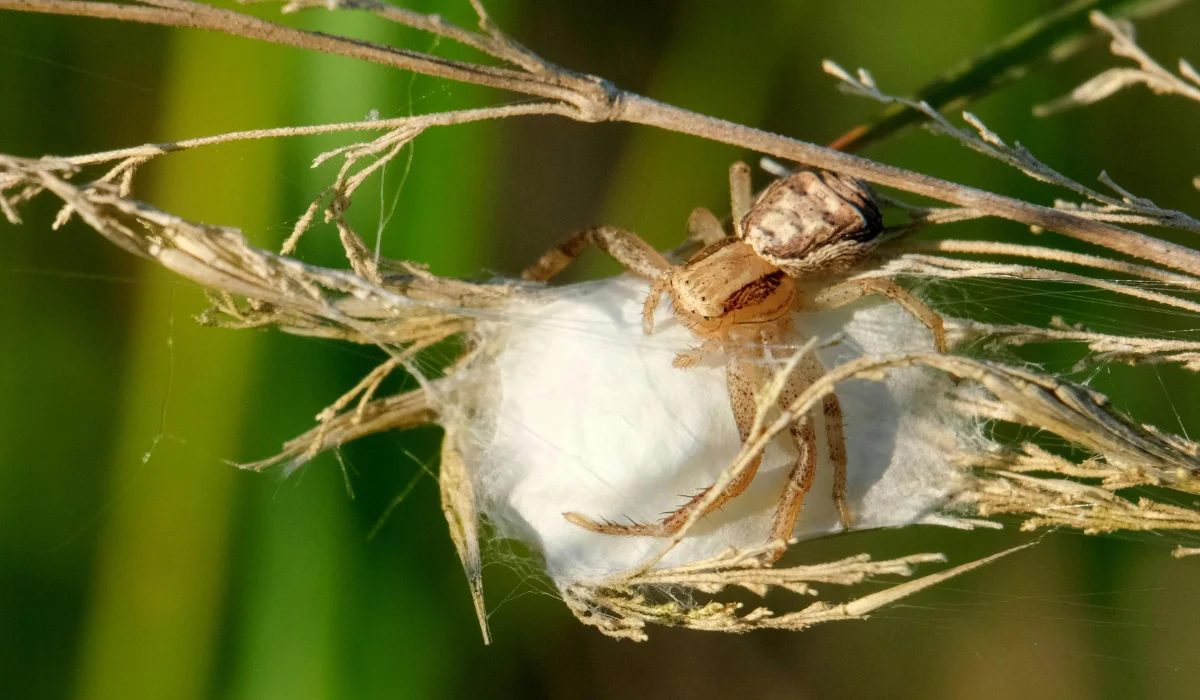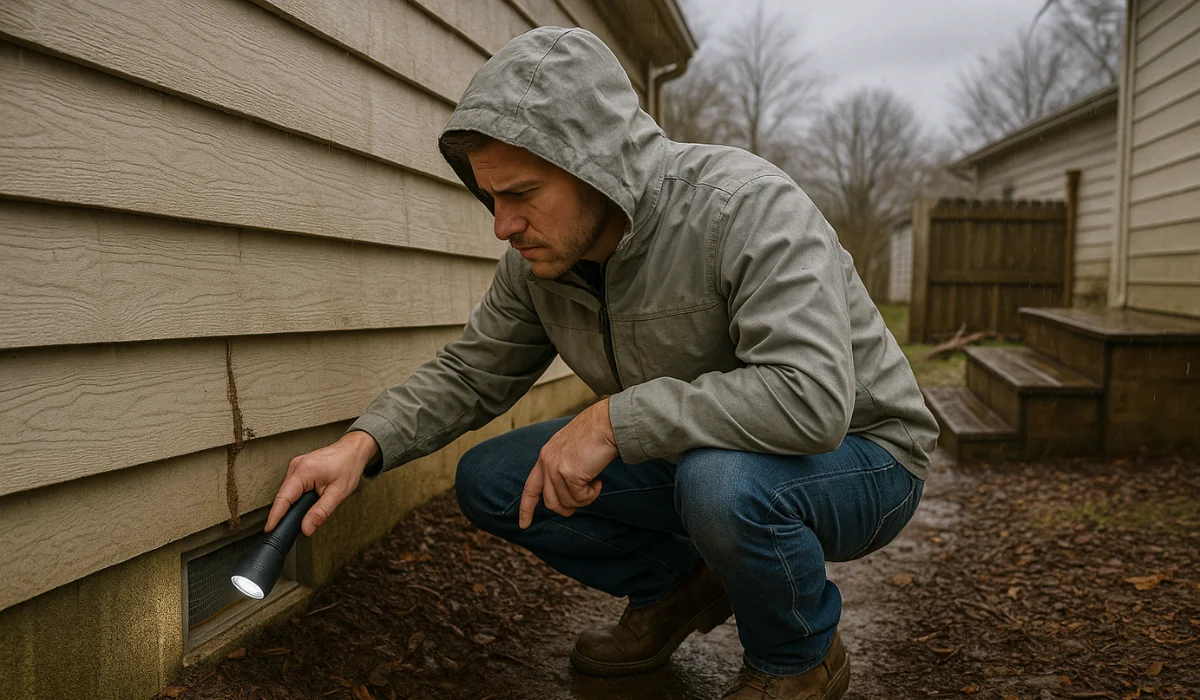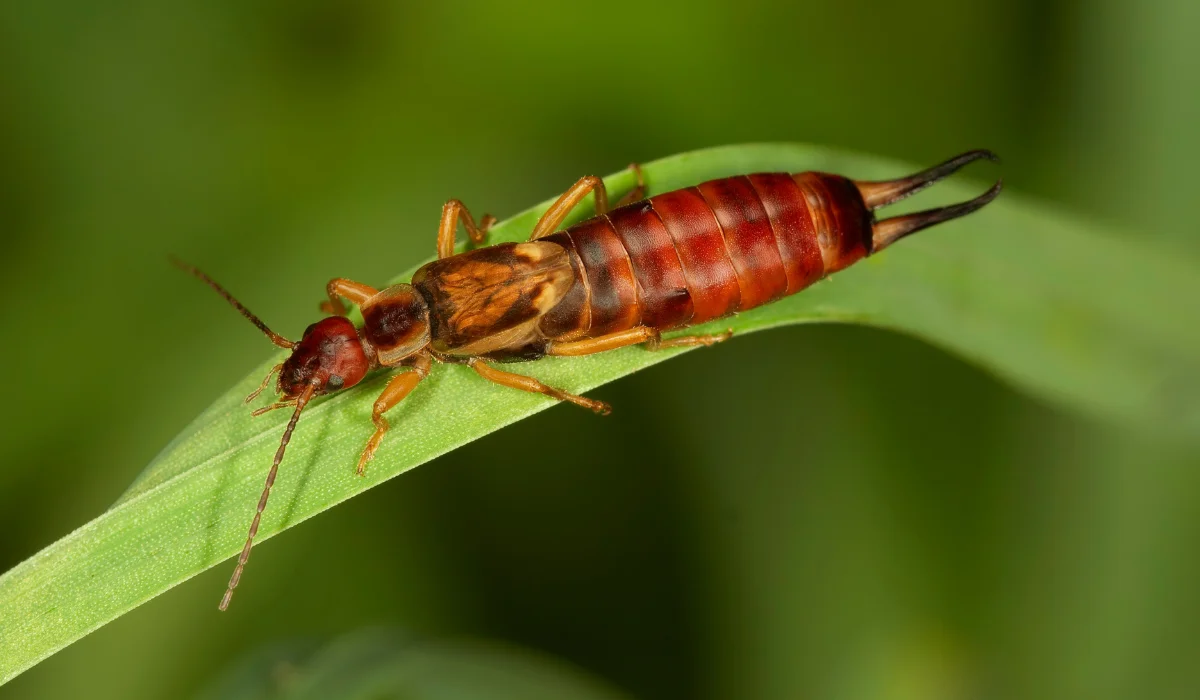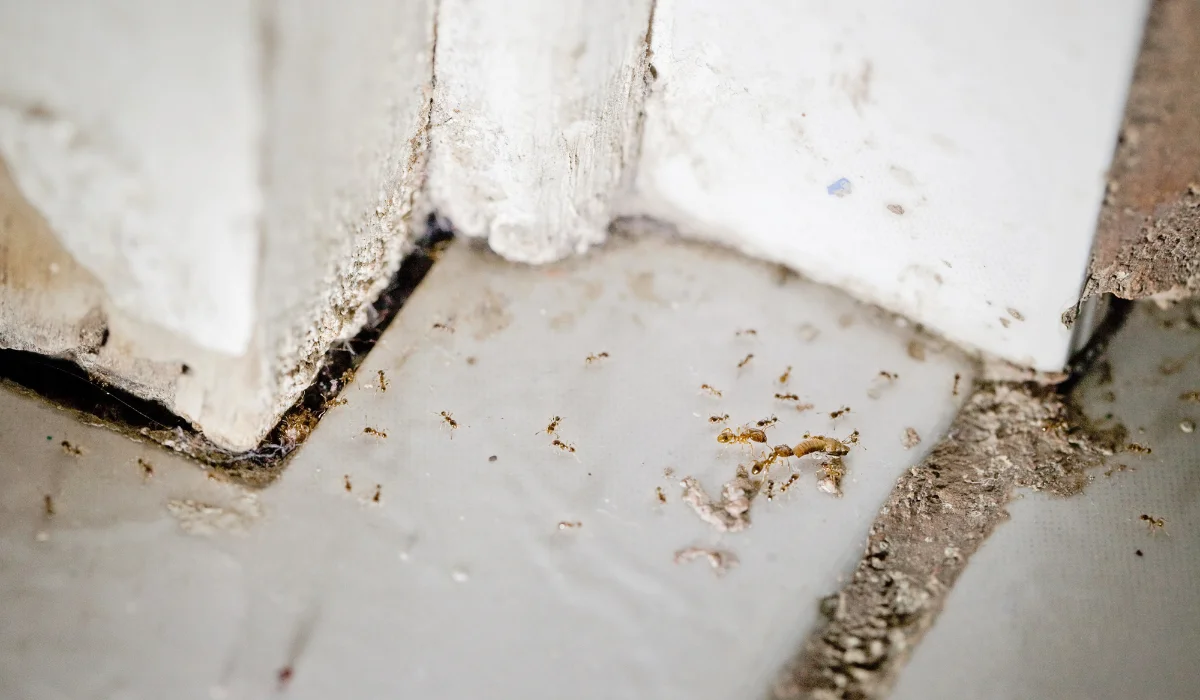Worried about those strange white silk sacs tucked into the corners of your basement or garage?
You’re not alone.
Spider egg sacs might seem harmless at first glance, but they can hold hundreds of baby spiders, called spiderlings, ready to hatch and spread. Whether it’s a harmless garden spider or a more concerning species like the brown recluse, recognizing and addressing spider egg sacs early can save you from a larger spider infestation later.
Let’s talk about what these sacs mean, when they’re a genuine concern, and how pest control can help you keep your home spider-free.
Key Takeaways
• A single spider egg sac can contain hundreds of spiderlings, depending on the type of spider.
• Black widows, brown recluse spiders, and orb weavers are common spiders in Louisiana that lay egg sacs both indoors and outdoors.
• Most spider egg sacs are typically found in low-traffic areas, such as basements, attics, garages, and woodpiles.
• If you see multiple sacs or baby spiders hatching, it’s time to call a professional pest control service.
What Are Spider Egg Sacs?
Spider egg sacs are round or oval bundles of silk created by female spiders to protect their eggs. Depending on the spider species, these sacs can appear fluffy, papery, or even leathery.
They’re often attached to surfaces, such as the underside of furniture, window sills, inside cardboard boxes, or in the corners of ceilings and walls.
Orb weavers, for example, spin sacs that resemble tufts of cotton, while black widow egg cases look smooth and tan, almost like a small drop of wax.
How Many Spiderlings Hatch From a Sac?
It depends on the species. Some sacs can contain 100 to 300 spiderlings, or more. That’s a lot of baby spiders crawling around if those eggs hatch indoors. Once hatched, the spiderlings disperse quickly, looking for food and shelter. That’s why spotting just one sac can be a sign of a future spider infestation.
Why Are Spider Egg Sacs in Your Home?
Female spiders seek dark, quiet places for laying eggs. In South Louisiana, common hiding spots include garages, crawl spaces, attics, and basements. You might also find egg sacs:
• In woodpiles or stacked firewood
• Behind stored boxes or furniture
• In the undisturbed corners of rooms
Spiders often spin webs or cobwebs to protect their sacs from predators like wasps and other arachnids.
Are Some Spiders More Dangerous Than Others?
Absolutely. While most spiders in Louisiana are harmless, a few require special attention.
• Black widow: Recognizable by the red hourglass on its belly, the black widow lays smooth, round egg sacs. Its venom is potent and should be taken seriously.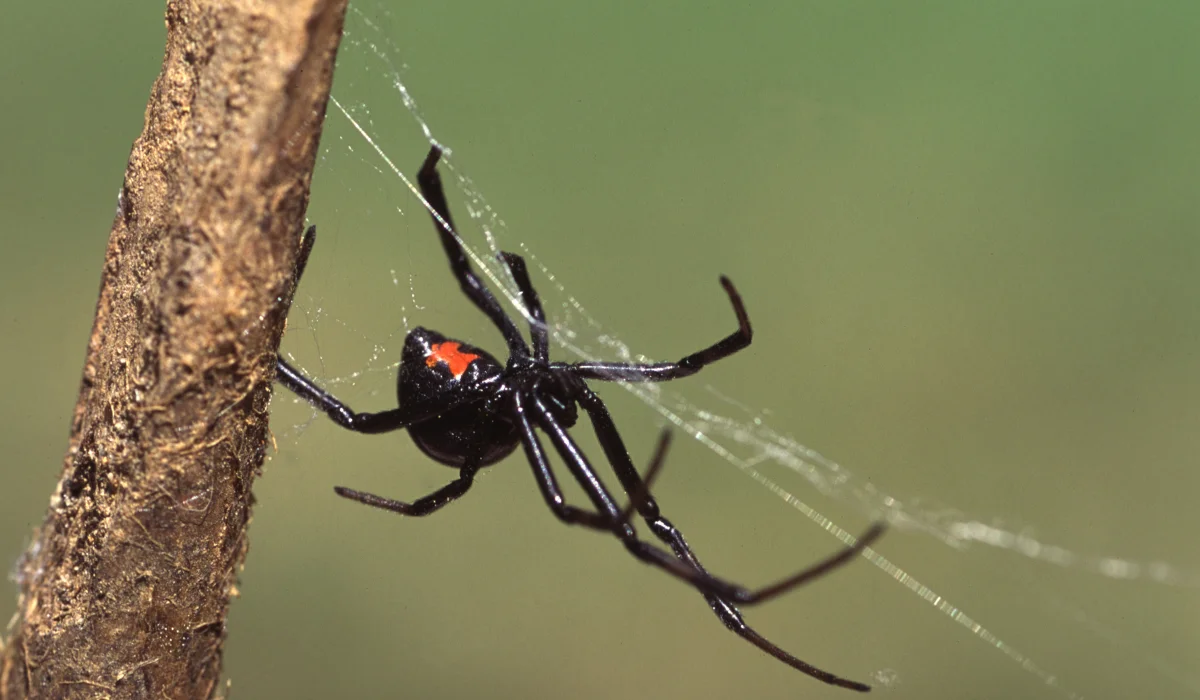
• Brown recluse: Known for its violin-shaped marking, this spider prefers hiding in dark, secluded spaces. Its egg sacs are off-white and resemble cotton.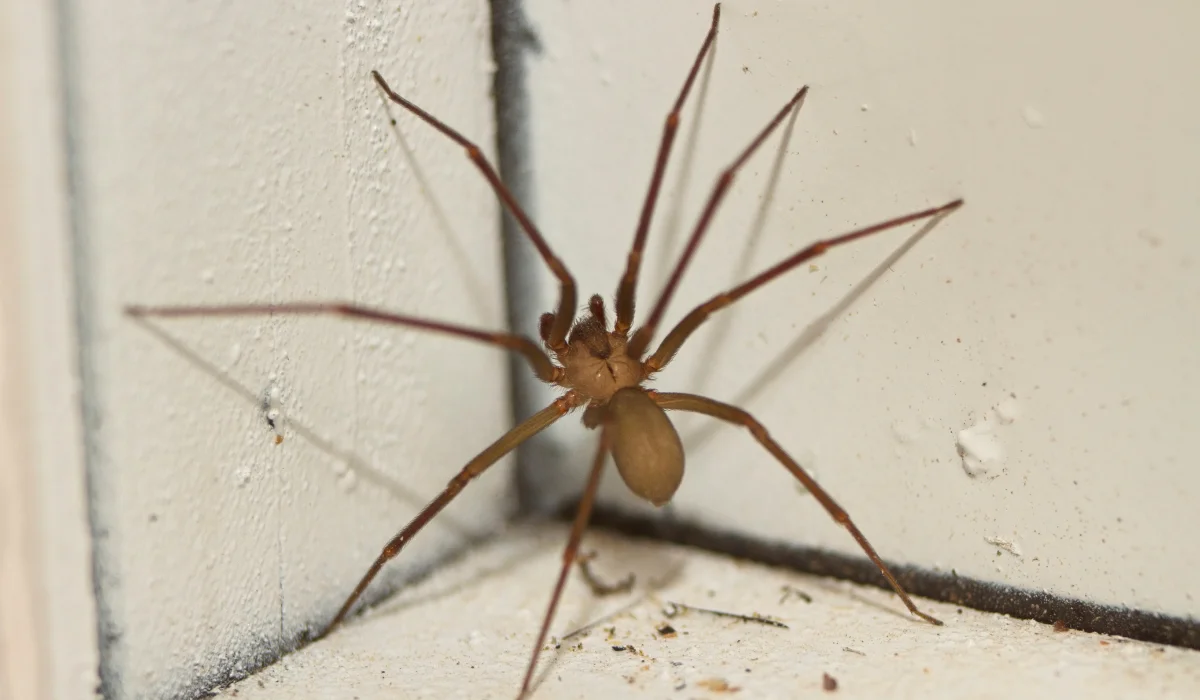
• Wolf spiders: These large, fast-moving spiders carry their egg sac attached to their abdomen. While not aggressive, they can be intimidating.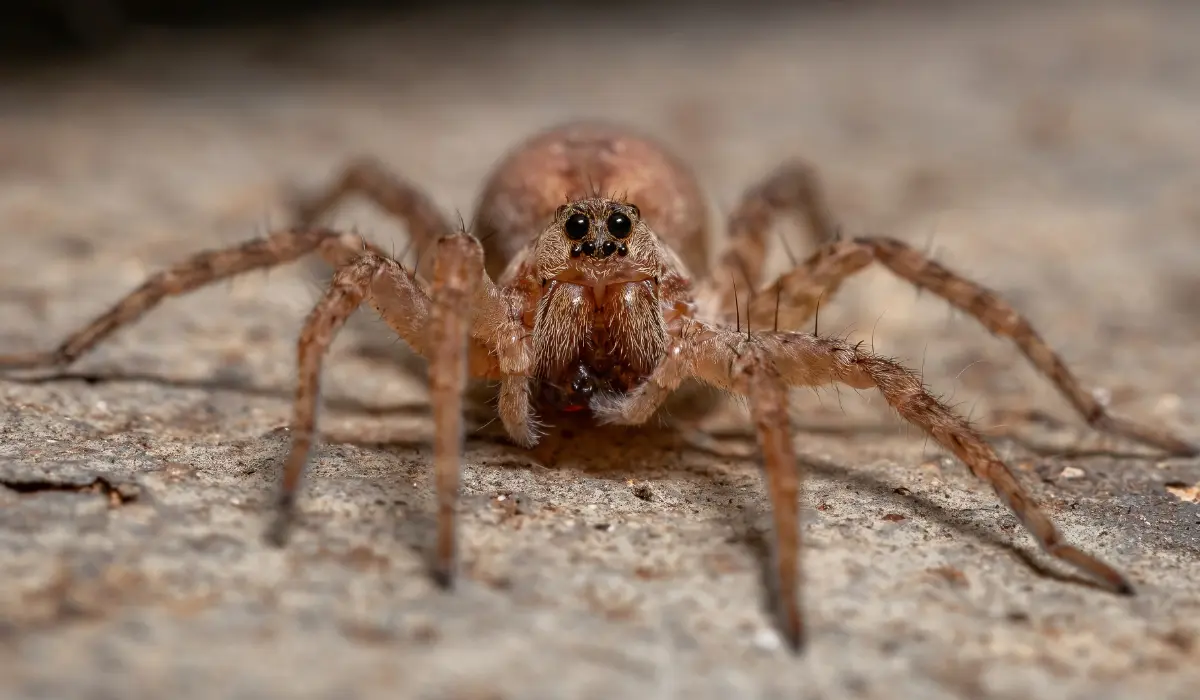
• Orb weavers and garden spiders: These are more common outdoors and are usually harmless, though they can lay dozens of egg sacs near patios or windows.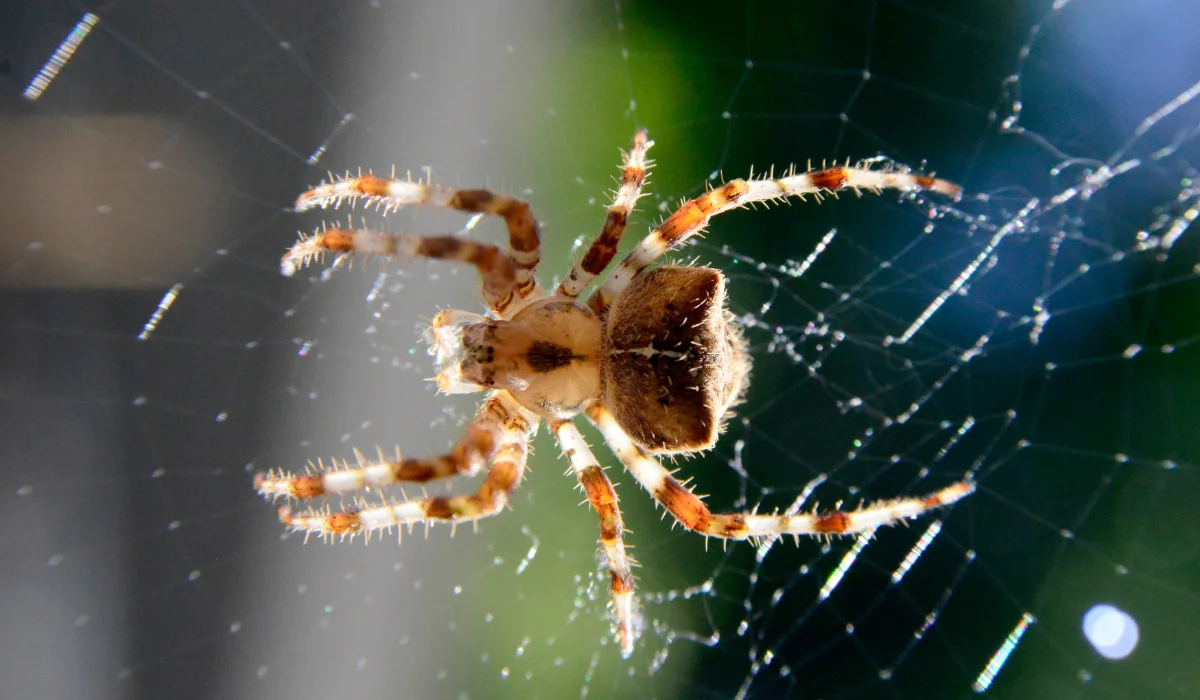
If you’re not sure what kind of spider you’re dealing with, it’s best to have it identified by a pest control professional.
What Happens If Eggs Hatch?
Once eggs hatch, spiderlings start exploring. Most of them won’t survive long, but if conditions are right, such as having ample food sources like crickets or cockroaches, they can grow quickly. Over time, this leads to a larger population and an increased chance of encountering spiders inside your living areas.
How to Get Rid of Spider Eggs
Removing spider egg sacs is crucial to prevent a more significant issue. Here are a few ways you can address them:
Use a Vacuum Cleaner
A hose attachment on your vacuum cleaner is effective at safely removing dust from ceilings, corners, or furniture. Dispose of the vacuum bag immediately after use.
Physical Removal
Using a paper towel or glove, gently pick up the sac and place it in a sealed plastic bag. Discard it in an outdoor trash bin.
Watch for Recurrence
Spiders lay eggs in batches. If you see one sack, there may be more nearby. Continue to check high-risk areas, such as basements, attics, and crawlspaces.
Avoid DIY Sprays
Store-bought products may not eliminate eggs or address the underlying spider problem. And using the wrong product in the wrong area can backfire.
When to Call for Professional Pest Control Services
If you’re seeing spider egg sacs regularly or tiny spiders crawling around after hatching, it’s a strong sign that spider control is needed. At LaJaunie’s Pest Control, we treat both common and dangerous spiders found in homes throughout South Louisiana, including the brown widow and jumping spiders.
We also inspect common hiding spots, treat affected areas, and offer follow-ups if new signs appear. Whether you’re in Houma, Metairie, or Baton Rouge, we’re ready to help with same-day service and guaranteed results.
Preventing Future Spider Infestations
Once you’ve removed spider egg sacs, here’s how to keep them from coming back:
• Keep woodpiles and yard debris at least 20 feet from your home.
• Seal gaps in walls, windows, and doors.
• Declutter storage areas, such as attics and basements.
• Turn off exterior lights at night to avoid attracting insects (which attract spiders).
• Schedule quarterly pest control services for year-round protection.
Final Thoughts
Should you be concerned about spider egg sacs in your home? The short answer: yes, especially if you spot them indoors or see multiple sacs. They’re a clear signal that spiders are not just passing through; they’re settling in.
If you’re unsure about what kind of spider you’re dealing with, or you’ve noticed an uptick in cobwebs, spiderlings, or tiny spiders showing up inside, just call LaJaunie’s, and we’re here to help.
With expert pest control services tailored to Louisiana homes, we’ll ensure those egg sacs don’t lead to a full-blown infestation.
FAQs
What do spider egg sacs look like?
Spider egg sacs vary by species, but they’re usually white, tan, or off-white, and range from smooth to fluffy in texture. They’re often found in corners, under furniture, or in basements.
Can I vacuum spider egg sacs?
Yes, using a vacuum cleaner with a hose attachment is a safe way to remove spider egg sacs. Be sure to dispose of the vacuum contents outside your home as soon as possible.
How do I keep spiders from laying eggs in my home?
Keep your home clean and clutter-free, especially in storage areas. Seal up cracks and entry points, and consider regular professional pest control services to keep spiders and their food sources under control.
 By: LaJaunie's Pest Control
By: LaJaunie's Pest Control 